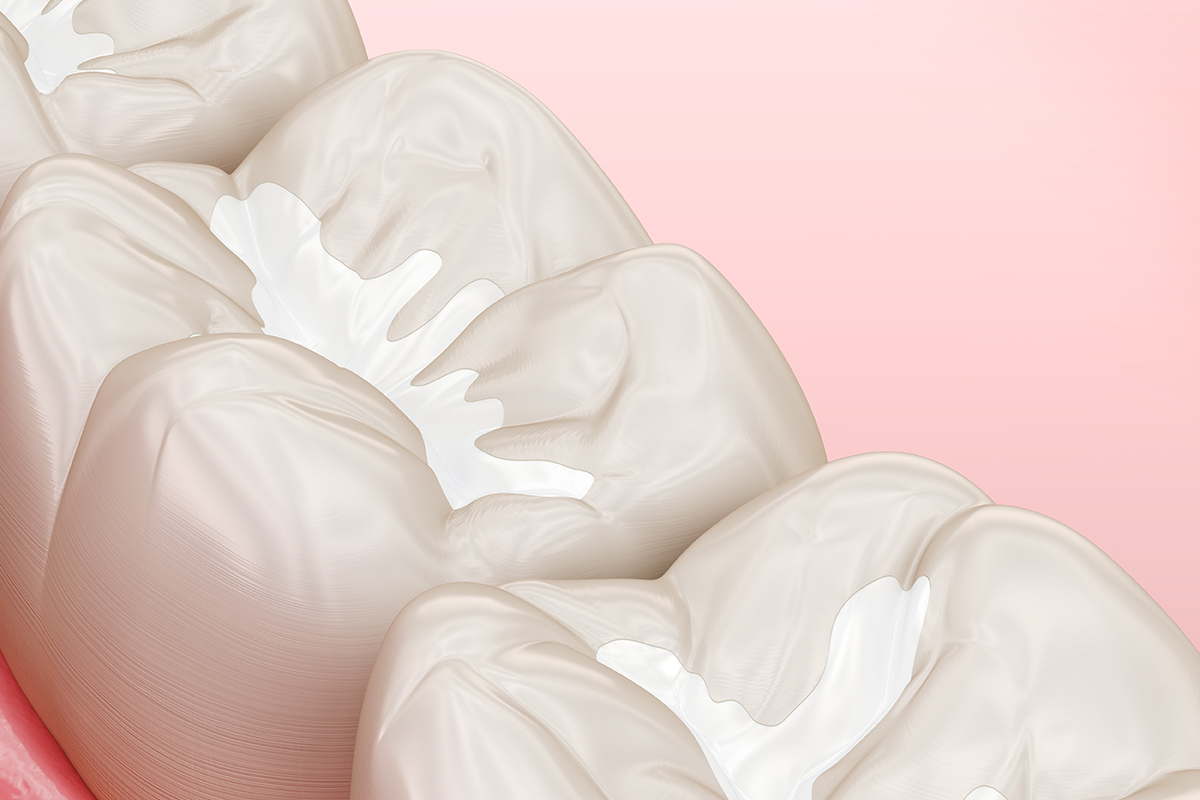Tooth decay is a widespread issue in dental care. For children, in particular, addressing this issue early is a great approach to maintaining healthy teeth. One effective method to support dental health is the use of sealants. These thin, protective coatings are applied to the surfaces of teeth, offering a reliable layer of defense against food particles and bacteria. Here’s how they protect your teeth:
How Sealants Work
Sealants are like a shield for your teeth, made of a safe, dental-grade material that is applied to the chewing surfaces of your back teeth. These areas have deep grooves where food and bacteria accumulate. This makes them harder to clean thoroughly, even with regular brushing. By sealing up these grooves, the protective layer blocks the interaction between teeth and harmful substances, reducing the likelihood of decay.
The application process is typically quick, non-invasive, and painless. After a thorough cleaning, the sealant is painted on in liquid form and then hardened using a special light. The result may be a smooth, protective surface that resists the buildup of debris and bacteria.
Benefits of Sealants
Sealants offer multiple advantages that make them a practical tool for enhancing oral health. They are a practical preventive measure, particularly for children whose growing teeth are more vulnerable to cavities. Here are some of the top benefits of using sealants:
- Barrier Against Decay: Sealants create a protective layer that keeps food particles and bacteria from settling into the tiny grooves of your teeth.
- Painless Process: The application is simple and doesn’t require any drilling or discomfort.
- Cost-Effective: Treatments help minimize expenses related to future dental treatments by addressing risks early on.
- Long-Lasting Protection: With proper care, they can last several years, providing extended security for your teeth.
- Suitable for All Ages: While children make excellent candidates, sealants are equally effective for teenagers and adults.
Who Should Use Sealants?
Although most often recommended for children, treatment is suitable for anyone seeking to protect their teeth from the early signs of decay. Kids benefit the most from sealants when applied shortly after their permanent molars appear, typically between the ages of 6 and 12. These teeth are fundamental for chewing. Their grooves are prone to trapping food particles, making them more vulnerable to cavities.
Practical Preventive Tips
While sealants make life easier by reducing the risk of decay, taking care of them is simple. Here are a few ways patients can maintain their effectiveness:
- Brush and floss daily to keep the areas around the sealants clean.
- Visit your dentist regularly to check if the sealants remain intact and effective.
- Avoid biting on hard objects, like ice or pencils, which might weaken them over time.
These easy steps may help retain their durability, letting you enjoy the long-lasting benefits they provide.
Why Are Sealants a Great Preventive Measure?
Sealants are a proactive way to support dental health and prevent future issues. By offering a combination of simplicity, durability, and versatility, they address the typical challenges patients face. Whether you’re a parent figuring out how to protect your child’s teeth or an adult hoping to enhance your smile, this treatment provides an extra layer of assurance for oral health. If you’re curious about sealants, reach out to your dentist.








Leave a Reply